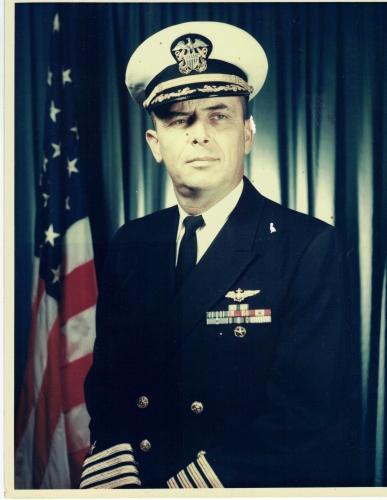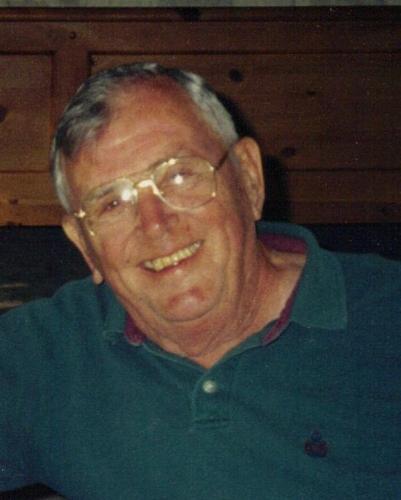Veteran Gene Dorman
Gene Dorman
Gene Dorman was born on August 15, 1924 in Chicago, Illinois. When he was three years old his family moved to Marceline, Missouri. Gene’s father worked as a railroad mail clerk. He has vivid memories of the depression and recalls standing in 1933 in front of a bank that had just closed its doors due to the poor economic conditions. Also, he recalls the great hordes of grasshoppers which devoured entire fields of corn. The insects would move across the fields at a human walking pace and created an audible chomping sound. In spite of these bad memories he remembers his childhood as an idyllic time.

One event in his childhood influenced the course of his life and created a love for flying. A ford tri-motored airplane landed in a corn field near Gene’s home. Gene was able to take a ride in the plane seated wooden chairs tied to the frame with ropes and henceforth, he was hooked on flying.
The family then moved to Kansas City where he completed high school and entered Kansas City Junior College. After one year in college Gene school left and sought to enlist in the U. S. Navy and become a candidate for flight school. In May of 1942 he went, at age 17, to the recruitment office and was told that if he passed the physical examination he would be selected. Months passed and he received no orders. He finally returned to the office in November and discovered that his papers had been misplaced. He was accepted this time and was sent to the Naval Air Station in Hutchinson Kansas in 1943. Gene successfully completed flight school, earned his wings, and was commissioned as a officer in the U. S. Navy in 1945. His flying career was off the ground!
He was first was stationed in San Diego, California where he flew a torpedo bomber (TBM). Then he went to Key West, Florida and attended Advanced Undersea Weapons School where he learned about sonic torpedoes. He became a good pilot and learned that he shouldn’t just respond to the aircraft, but that he should understand it well enough to make it do what he intended. During the Korean War he served as a combat pilot for nine months during 1951 and 1952. Upon his return to the United States he was stationed again in California and Key West. Because of a hearing loss, Gene was moved from fixed wing aircraft to helicopters. In spite of the change in the nature of his responsibilities, he was still involved in antisubmarine warfare and was assigned to Antisubmarine Squadron One. His next assignment was at the Bureau of Naval Leadership where he taught classes in leadership to senior officers. Gene recalls once making a presentation to a group which contained 13 admirals and he counted 39 stars in the group. Gene notes that while he did a lot of teaching, he always preferred flying over classroom duty. Following his tenure at the Bureau, he was assigned to Antisubmarine Squadron Nine and served as operations officer, executive officer, and finally as commanding officer. Then, while assigned to the aircraft carrier Essex, he was operations officer and executive officer for the vessel.

For three years he served at the Pentagon as helicopter requirements officer starting in 1967. Later in 1970 he was assigned to the U. S. Navy Air Systems Command and was project manager of Navy Antisubmarine Helicopters. In 1974 he retired with the rank of Captain after more than 32 years of excellent service to the U. S. Navy and his country. He had served in combat, at various installations in the U. S. and at the highest levels of naval command. After retirement Gene, his wife, and six children lived in Springfield, Virginia near the Nation’s capitol. For over a year he worked as a consultant and then started his own business and sold pressure sensitive tape. Then in 1979 the family moved to Winter Spring, Florida where he became involved in city planning and zoning. After more than 14 years in Florida he and his wife moved to a retirement community in Tennessee. The couple then moved to Sunnyside Retirement Community in June of 2008 where they still reside in the Glen.
As told to Bill Blair